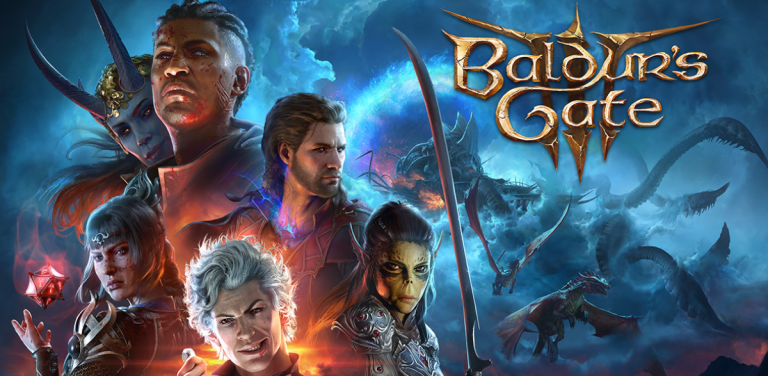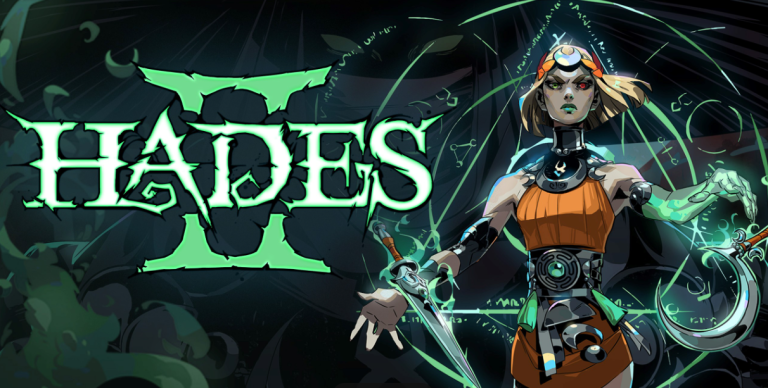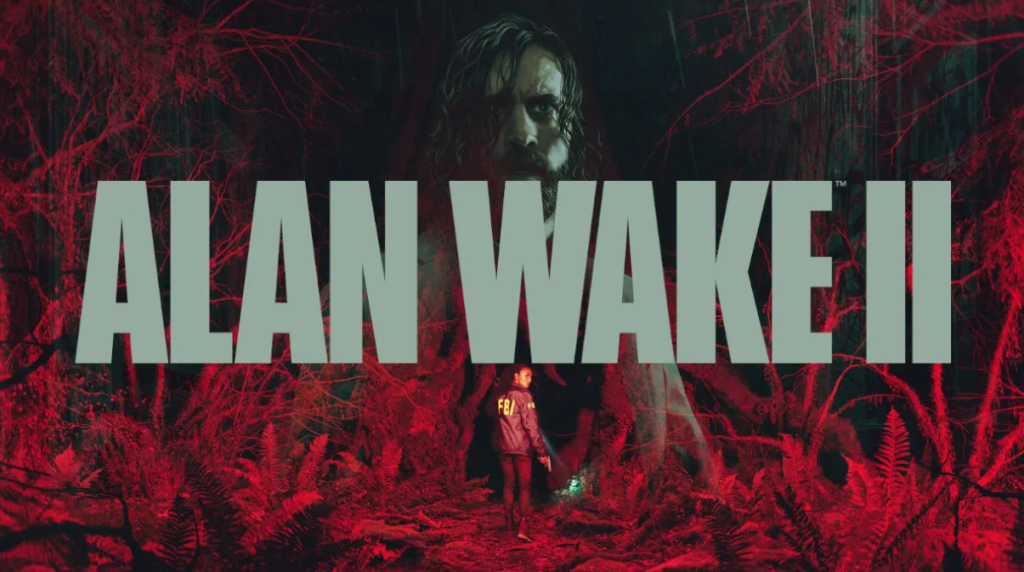
It was 3 a.m. when I finally turned off my monitor. The wind outside felt like it had blown straight out of Bright Falls—cold, strange, and carrying something you couldn’t quite name. I sat there staring at the black screen, not out of fear, but from a weird, lingering emptiness. Like I had just woken up from a dream more real than reality. That’s the kind of aftertaste Alan Wake 2 leaves you with.
I’ll be honest—I approached this sequel with a mix of curiosity and caution. It’s been over a decade since the first game, and while Remedy’s always been great at narrative-driven design, you never really know what to expect from a sequel that arrives 13 years late. But once I stepped into the foggy woods as Saga Anderson, it hit me: I wasn’t just playing a game. I was walking into someone else’s nightmare—and I wasn’t getting out anytime soon.
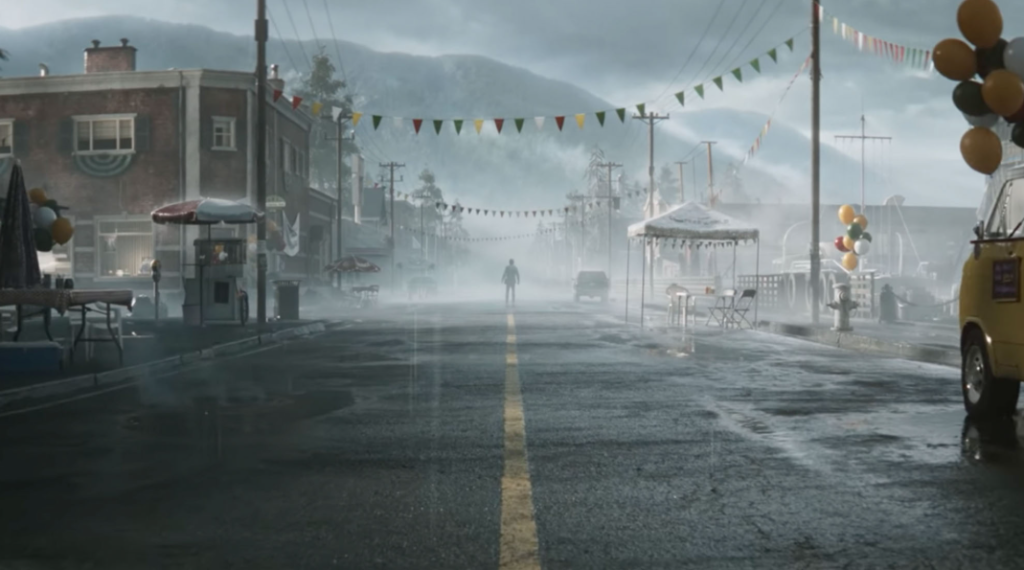
What truly got under my skin wasn’t the gameplay or the graphics, although both are impressive. It was the atmosphere. Not cheap jump scares or buckets of gore, but the kind of creeping dread that sneaks up on you in the middle of your real life. Like, you’re walking into the kitchen late at night, the fridge light casting shadows on the floor—and suddenly you remember Alan standing under that flickering lighthouse, whispering, “The story must continue.” That’s the kind of game this is: one that follows you.
Alan Wake 2 doesn’t just tell a story—it drags you into one. It’s like being inside an interactive TV series. Remedy even went as far as filming live-action scenes that blend seamlessly into the gameplay. It reminded me of Twin Peaks and The X-Files, those midnight TV marathons where the weirdness wasn’t just plot—it was tone, pacing, vibe. One night I was about to quit, and a live-action scene popped up. Ten minutes later, I was still sitting there, hand frozen on my mouse, just watching.
Then there’s Saga. I didn’t expect much from a new character stepping into Alan’s shoes—but she blew me away. She’s not your typical fearless game protagonist. She hesitates. She overthinks. She doubts herself. And that makes her real. I caught myself, on the subway the next day, piecing together thoughts like she does in her “Mind Place.” I swear I even whispered, “What clue am I missing?” to myself while checking my to-do list. When a character starts bleeding into your real life, you know the game did something right.
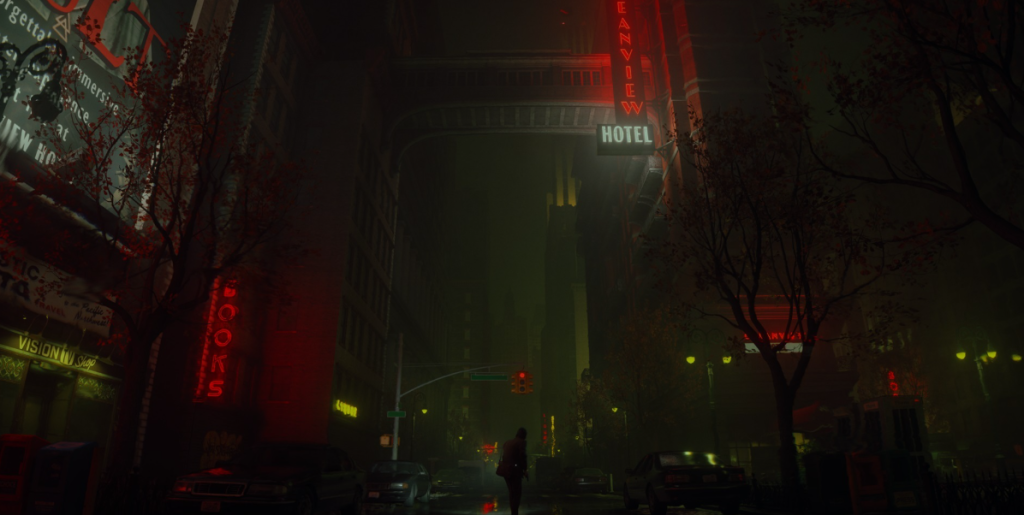
Gameplay-wise, Remedy’s gone all in. The dual-protagonist mechanic isn’t just a gimmick—it works. Alan’s world-bending “rewrite reality” puzzles are just the right kind of unsettling, while Saga’s detective work pulls you in like a true crime podcast you can’t stop listening to. The transitions between the two feel perfectly timed, like shifting from dream to wakefulness without ever fully arriving.
There’s also something quietly genius about Alan’s “writer as god” concept. You feel the burden of creativity, the chaos of trying to make sense of a world you’re building in real time. Every keystroke you hear as Alan writes feels like it’s echoing from inside your own head—especially if you’ve ever tried writing under pressure, or worse, from fear.
Visually? The game’s drop-dead gorgeous. Cinematic, even. Bright Falls looks and feels like a real place—eerily too real, like it exists somewhere just outside of our world. The local radio, the grocery store shelves, even the abandoned lake houses… all filled with absurd, obsessive detail. I once spent half an hour doing nothing but standing by the lake, watching the light change, listening to whispers I couldn’t place.
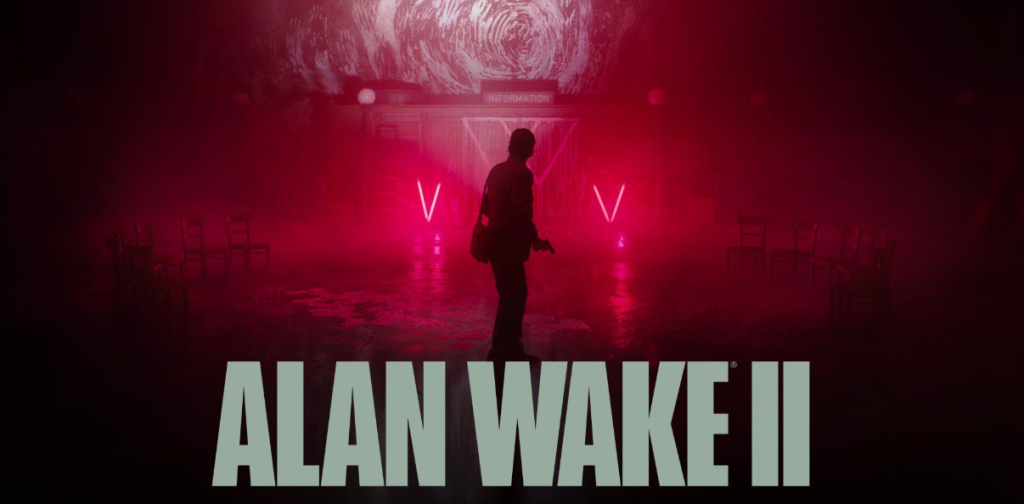
Sure, the game isn’t flawless. Some puzzle segments drag a bit, especially when you’re deep into the story and just want to know what happens next. And combat, while improved, can feel a little sluggish—especially in tighter spaces. But honestly? Once you’re hooked, you stop caring. Those little hiccups are like a pebble in your shoe when you’re walking through a dream—you notice it, but it’s not enough to wake you up.
One scene that still sticks with me: Alan, in a pitch-black room, lighting a single desk lamp. The light doesn’t bring comfort—it brings questions. It reminded me of being a kid, too scared to sleep without the lights on, believing that light meant safety. But in Alan Wake 2, you start to wonder if light is just another trick. Maybe we’ve just been taught to trust it for too long, and it’s time we started asking why.
When the credits rolled, I didn’t feel relief. I felt a kind of loss. Not because I’d finished the game—but because I wasn’t ready to leave it. It’s like finishing a book that haunts you, one that leaves you sitting there in silence, staring into the space it carved out in your brain. You’ll replay bits of dialogue in your head, imagine the next chapter that was never written, see echoes of that world in places it doesn’t belong.
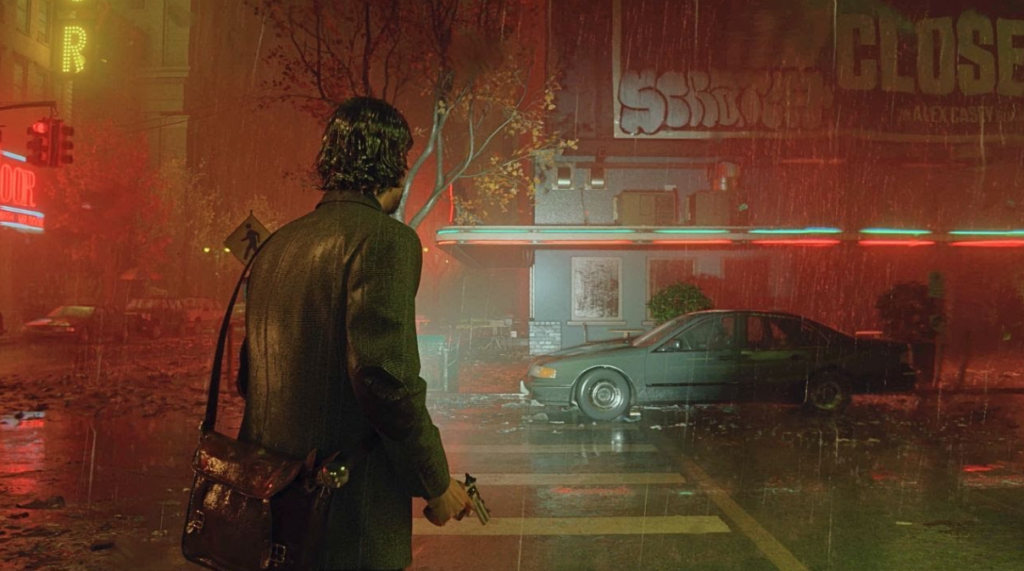
Alan Wake 2 isn’t the kind of game you recommend to everyone. Especially not to players who just want a relaxing weekend and easy wins. But if you’ve ever lost sleep over a story—if you like getting a little lost, if you want a game that doesn’t just entertain but possesses—then this one’s worth every dark, sleepless hour. It may not be perfect, but it’s a landmark in narrative horror. And it’ll follow you long after you’ve put the controller down.
Like a light in the distance that never quite turns off.
![]()
